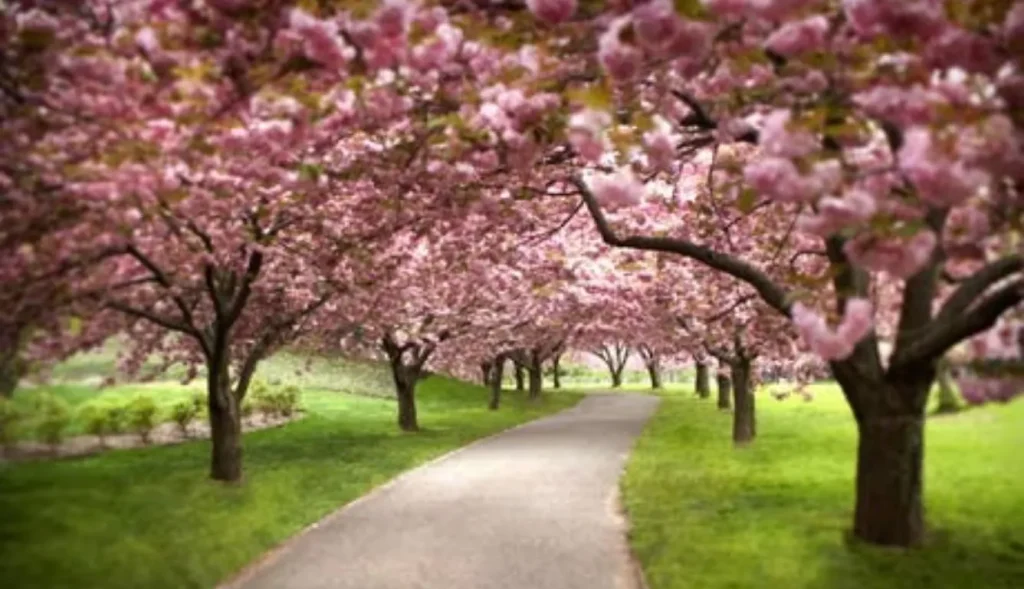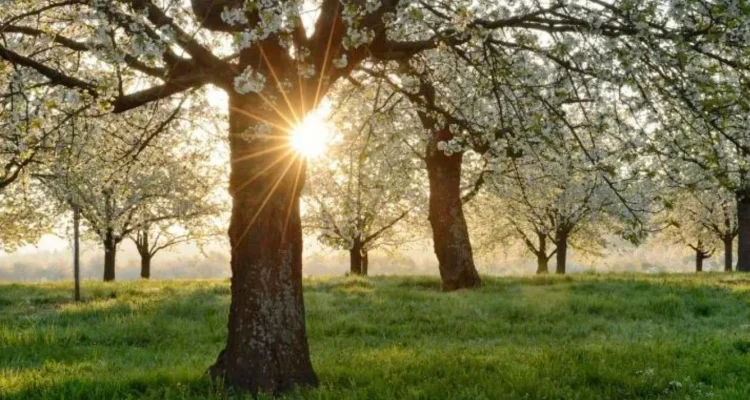Introduction
Spring is often celebrated as a time of renewal and growth, but what exactly does it mean when we talk about “late spring”? This period, bridging the transition from the gentle awakening of early spring to the vibrant onset of summer, holds its own unique characteristics and significance. Understanding what late spring entails can help you better prepare for the seasonal changes, whether you’re planning your garden, organizing outdoor activities, or simply curious about nature’s rhythms.

The Seasons: A Brief Overview
Understanding the Four Seasons
The year is divided into four distinct seasons: winter, spring, summer, and autumn. Each of these seasons brings its own weather patterns, natural events, and cultural practices. Spring, following the cold dormancy of winter, is often associated with rebirth, growth, and renewal.
Spring: The Season of Rebirth
Spring typically begins around late March and continues until late June, depending on your geographical location. It’s the time when days grow longer, temperatures gradually rise, and life begins to flourish once again. But within this broader season, there are different phases, with late spring being the final stage before the heat of summer takes over.
What Exactly Is Late Spring?
The Calendar Perspective
Late spring generally refers to the latter part of the spring season, typically from mid-May to late June in the Northern Hemisphere. This is when spring is in full swing, and the transition to summer is on the horizon. The exact timing can vary depending on regional climates and cultural interpretations.
Late Spring in Different Regions
Late Spring in the Northern Hemisphere
In the Northern Hemisphere, late spring usually spans from mid-May to the summer solstice in late June. During this period, temperatures are warmer, the risk of frost has usually passed, and nature is in full bloom. It’s a time when gardens are thriving, and outdoor activities are in full swing.
Late Spring in the Southern Hemisphere
Conversely, in the Southern Hemisphere, late spring occurs from mid-November to late December. This marks the transition from the mild spring weather to the hotter days of summer. Similar to the Northern Hemisphere, this period is characterized by flourishing flora and increasing temperatures.
Weather Patterns in Late Spring
Typical Temperatures
Late spring is generally marked by warm and pleasant temperatures. In many regions, it’s the perfect balance—not too hot like summer, yet warmer than the often chilly early spring days. Average temperatures during late spring can vary greatly depending on your location but generally hover between 60°F (15°C) and 80°F (27°C).
Rainfall and Humidity
Rainfall in late spring can be variable. While early spring might bring frequent showers, late spring often sees a mix of sunny days and occasional storms. Humidity levels can start to rise as summer approaches, especially in more temperate and tropical climates.
Daylight Hours
As late spring approaches, the days continue to lengthen, reaching their peak at the summer solstice. This increase in daylight not only supports the growth of plants and crops but also encourages outdoor activities and longer evenings.
Late Spring in Nature
Blossoming Flowers and Trees
Late spring is a time of abundant bloom. Many flowers, such as roses, peonies, and irises, reach their peak during this period. Trees are also in full leaf, providing shade and beauty. The landscape is often a vibrant mix of colors, from the lush greens of foliage to the bright hues of flowers.
Wildlife Activity
The animal kingdom is particularly active in late spring. Birds are nesting, insects are buzzing, and mammals are often seen foraging and preparing for the hotter months ahead. It’s a lively time in nature, with ecosystems buzzing with activity.
Changes in Ecosystems
Late spring is also a time of significant changes within ecosystems. Pollinators like bees and butterflies are busy, helping to fertilize plants. Aquatic life becomes more active as water temperatures rise. Overall, late spring is a period of intense biological activity.
Gardening and Agriculture in Late Spring
Ideal Planting Time
For gardeners, late spring is an ideal time to plant a wide variety of vegetables, herbs, and flowers. The risk of frost has usually passed, and the soil is warm enough to support new growth. Crops like tomatoes, peppers, and cucumbers are often planted during this time.
Common Crops for Late Spring
Late spring is a great time to plant crops that thrive in warmer temperatures but before the intense heat of summer sets in. Some popular choices include beans, squash, melons, and various herbs like basil and parsley.
Preparing for Summer
Late spring is also a time to prepare for the upcoming summer season. This might include mulching to retain soil moisture, setting up irrigation systems, and protecting plants from pests. It’s all about ensuring that your garden thrives as the temperatures continue to rise.
Cultural and Traditional Significance of Late Spring
Festivals and Holidays
Late spring is rich with cultural significance. Many cultures celebrate festivals that honor the blooming of nature and the coming of summer. In the Northern Hemisphere, holidays like Memorial Day in the United States and the Queen’s Birthday in the United Kingdom fall during this period.
Traditional Practices and Celebrations
Traditional practices during late spring often involve outdoor activities, such as picnics, fairs, and dances. In some regions, this time is marked by rituals that pay homage to nature’s bounty, such as May Day celebrations or agricultural festivals.
Late Spring: A Time for Outdoor Activities
Popular Activities
Late spring is perfect for outdoor activities. Whether it’s hiking, gardening, picnicking, or simply enjoying a walk in the park, this season offers numerous opportunities to enjoy nature’s beauty. Many people also take advantage of the pleasant weather to start summer sports or prepare their homes and gardens for the hotter months ahead.
Safety Tips for Enjoying Late Spring
While late spring is a wonderful time to be outdoors, it’s important to stay safe. Wear sunscreen to protect against the increasing UV rays, stay hydrated, and be mindful of the potential for sudden weather changes, such as thunderstorms.
FAQs
- What months are considered late spring?
Late spring typically occurs from mid-May to late June in the Northern Hemisphere and from mid-November to late December in the Southern Hemisphere. - How does late spring differ from early spring?
Late spring is warmer, with more daylight and less risk of frost. It’s a time when plants are fully blooming, and nature is in full swing, unlike the cooler, more tentative beginnings of early spring. - What should I plant in late spring?
Late spring is ideal for planting warm-season crops like tomatoes, peppers, beans, and herbs. It’s also a great time to plant flowering plants that thrive in warmer temperatures. - Is late spring a good time for outdoor events?
Yes, late spring is perfect for outdoor events, with pleasant temperatures, longer days, and abundant natural beauty. - How does late spring affect allergies?
Late spring can be challenging for allergy sufferers due to high pollen levels from blooming plants and trees. It’s advisable to take preventive measures if you’re prone to allergies during this season.

Conclusion
Late spring is a dynamic and beautiful time of year, bridging the gap between the freshness of early spring and the warmth of summer. Whether you’re a gardener, a nature lover, or someone who enjoys outdoor activities, understanding what late spring entails can enhance your appreciation of this special time. By recognizing the unique characteristics of late spring, you can make the most of the season and prepare for the exciting months ahead.


Congratulation!